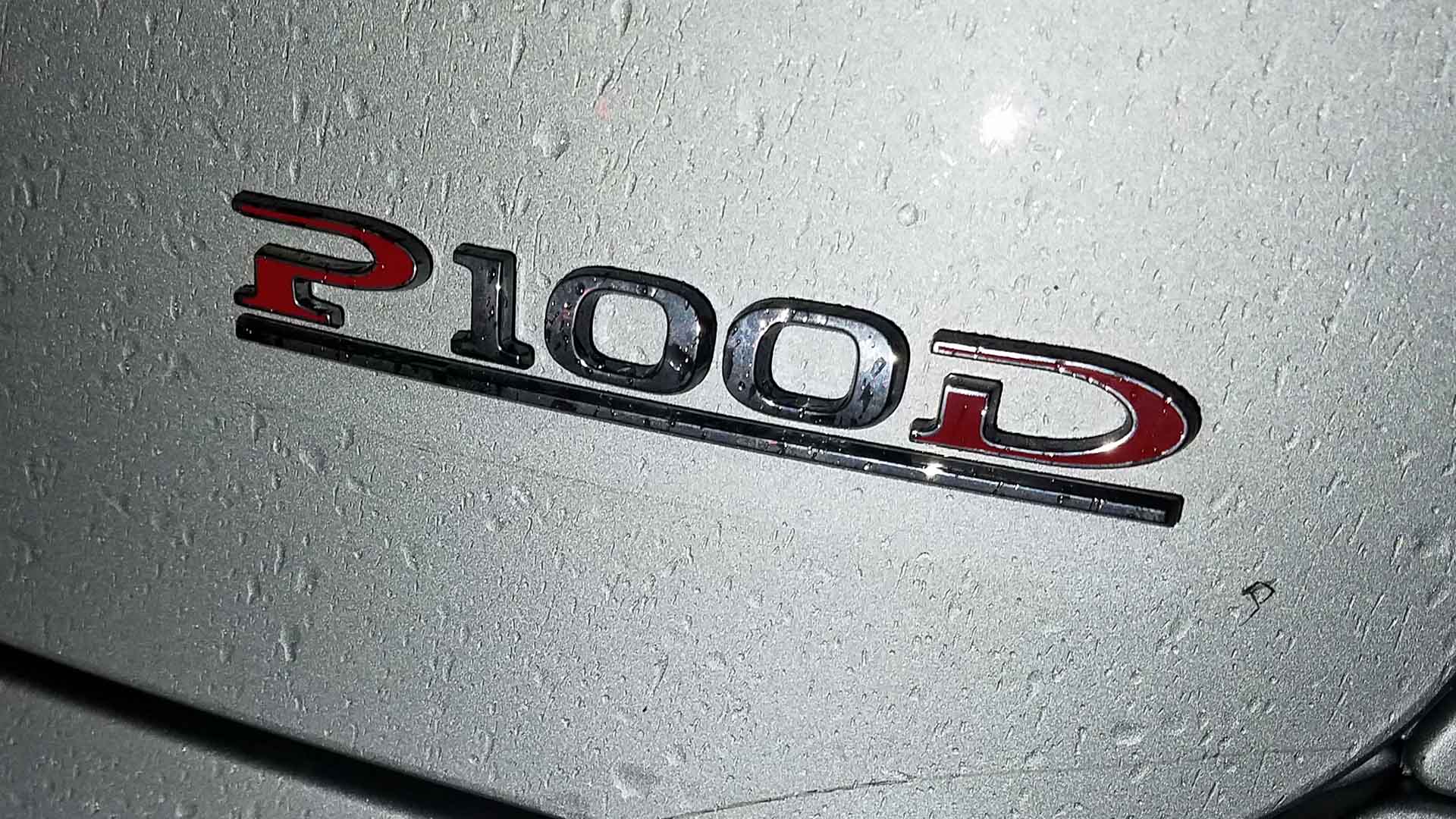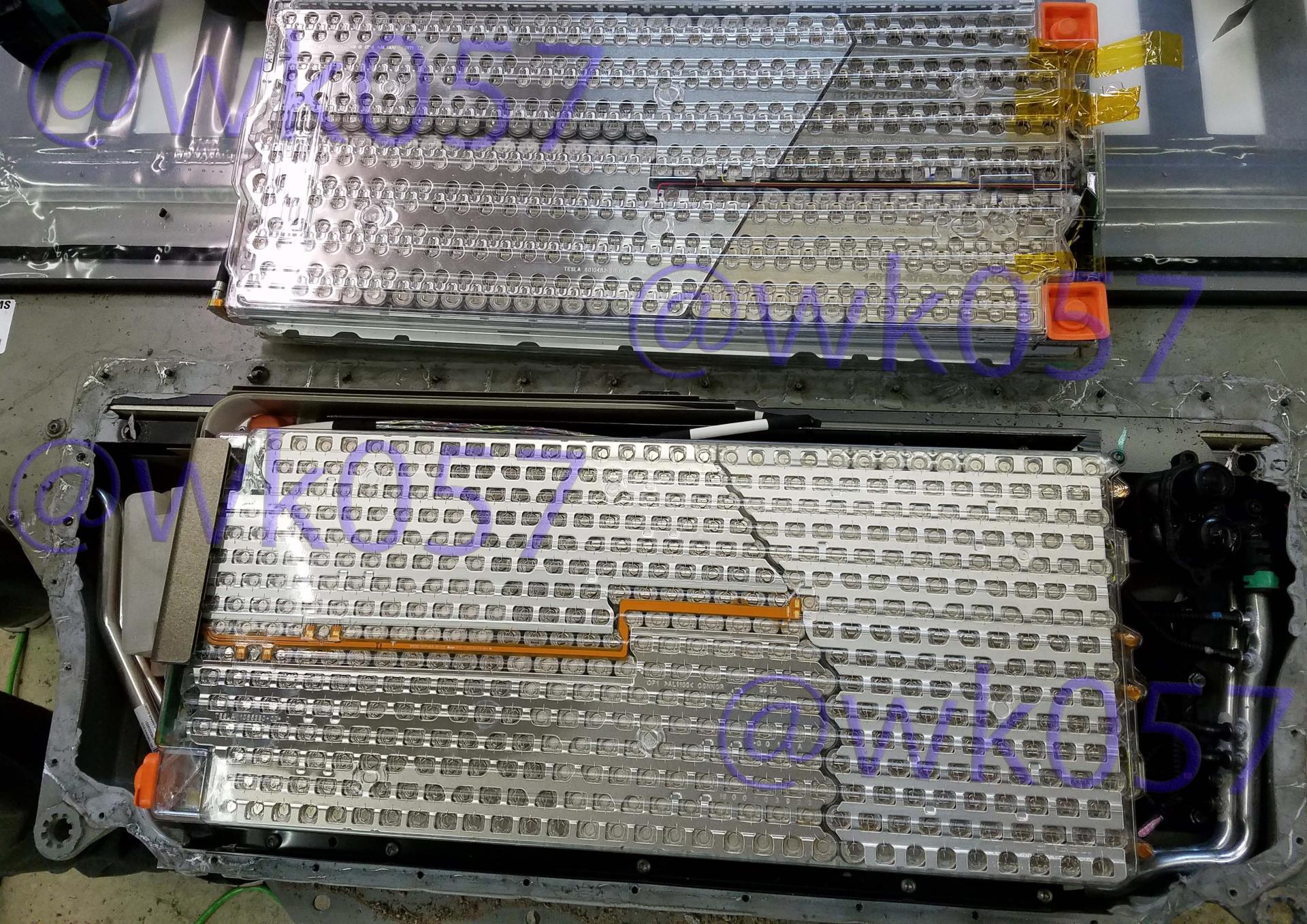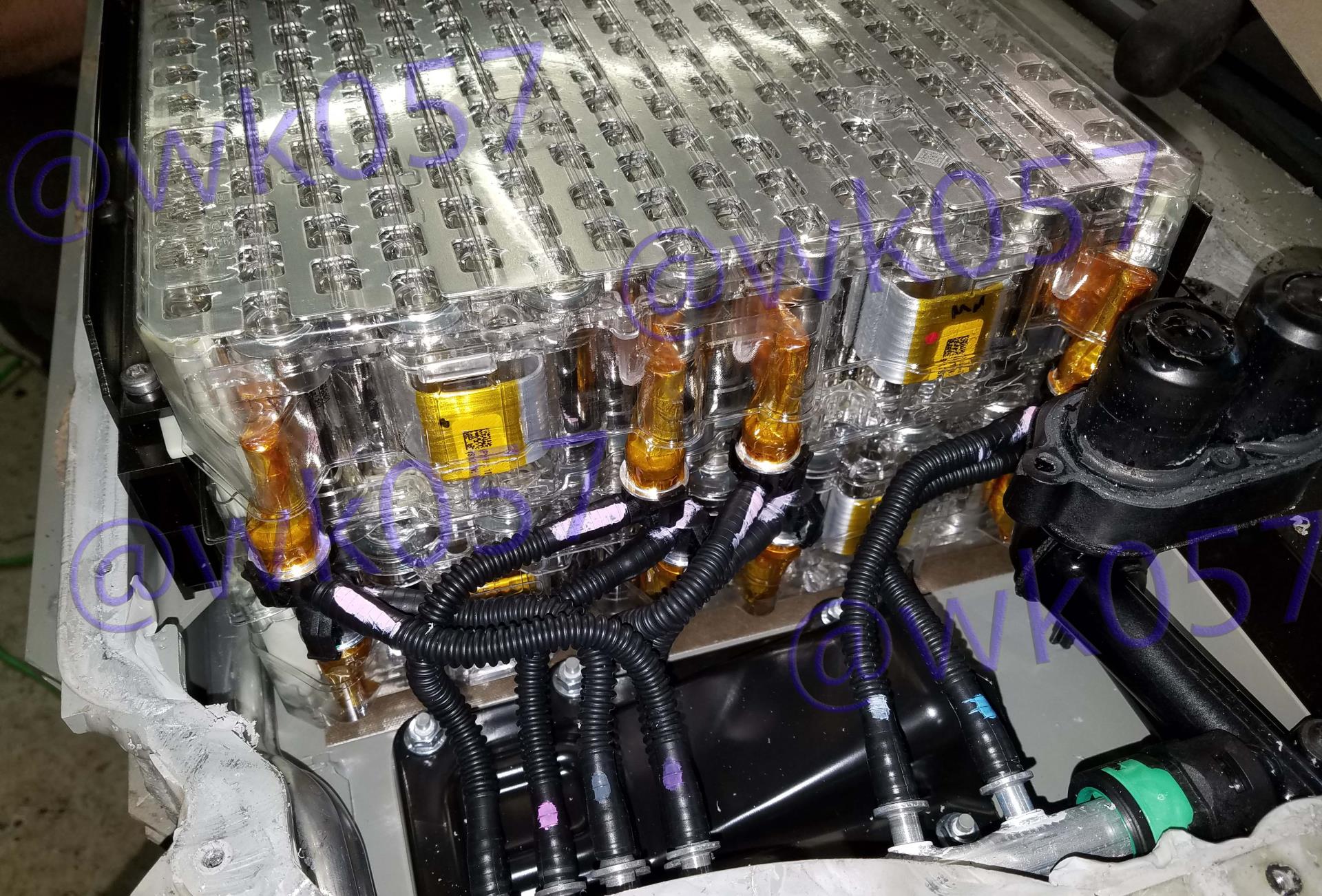Analysis of the 100-kilowatt battery Tesla discovered a new cooling system and a capacity of 102 kWh

There are quite a lot of people in the world who like to check the conformity of statements made by manufacturers of various devices and systems to the real state of affairs. One of these truth lovers is Tesla electric car owner Jason Hughes. He first discovered the fact that the capacity of a vehicle's battery does not always correspond to the stated characteristics. In particular, when disassembling a 85 kWh battery, it turned out that the actual battery capacity is only 81 kWh with an available capacity of 77 kWh.
Now Hughes has at his disposal a new set of batteries with a capacity of 100 kWh. He immediately dismantled this kit and found out that here the reality also disagrees with the statements of Tesla Motors. However, this time the capacity is higher than promised by the company: instead of 100 kWh, the actual battery capacity was 102.4 kWh.
Hughes hacked into the vehicle's power management system, which allowed him to carry out a series of manipulations with batteries to clarify their characteristics. He also became the first owner of Tesla electric car, who disassembled a 100 kWh battery presented by the company in August 2016. The company then said that the density of the elements in the battery is higher than previous models, plus the battery received several improvements, including an updated architecture, cooling system and electronic components. Representatives of the company described the innovations as "significant changes."
')
After disassembly, it turned out that one battery module contains 516 cells. A total of 8256 cells turned out to be in the battery. This is 16% more than in previous batteries with a capacity of 85/90 kWh.
“They (Tesla Motors - ed.) Have added several new rows of cells to the module. But what about rumors about cooling? Yes, the developers did update the system, but there is no exotic here. The new modules just made two shorter and thinner cooling circuits. Thus, the cooler does not have to bypass too many cells before exiting, ”Hughes said in his blog .

He also showed a disassembled old (top) and new (bottom) batteries of 85 kWh and 100 kWh, respectively. According to Hughes, the novelty has 98.4 kWh of operational capacity and a buffer of 4 kWh, which gives a total capacity of 102.4 kWh.
The battery architecture has really undergone significant changes, but apparently the battery remains almost the same. With the new acquisition, the Model X P90D, owned by Hughes, turned into a P100D model.
According to the company's technical director, some of the key innovations added to the new battery have been developed in full compliance with Tesla Motors technology development plans. It is precisely the strict observance of the plan and new technologies that allowed the company to release Tesla Model 3.

As for compatibility, the batteries of the new model have the same design of the high-voltage, low-voltage cable connector and the cooling system connector. True, an updated ring appeared surrounding the high-voltage cable connector. In general, new batteries are fully compatible with any types of Tesla Model S or Tesla Model X.

True, the orange connector can be removed in order to replace it with a connector that is compatible with the Tesla Model S. So there are no compatibility problems - the updated batteries are suitable for most Tesla electric vehicles.
Where do the batteries come from?
This month, Tesla Motors Corporation announced the start of production of lithium-ion batteries in its factory, which the company calls Gigafactory. The production process is carried out jointly with the Japanese company Panasonic. The Japanese have been cooperating with Tesla for quite a long time; earlier, for example, it was announced that the company invests about $ 853 million in the Ilona Mask Solar Roof enterprise.
As for the Gigafabrika, batteries for the Tesla Model 3 will be produced here. Electric vehicles will be produced in the second quarter of this year. By 2018, the volume of batteries produced will total 35 GWh per year. This is about half the power of all batteries produced in the world. Currently, 6,500 people are currently employed in production, plus another 20–30 thousand jobs are planned to be created in the future. The cost of creating an object is more than $ 5 billion. A rather impressive amount, especially considering that Tesla Motors only recently made an operating profit. Prior to this, for many years the company was unprofitable and existed only at the expense of investors.
The created batteries are also planned to be used in Powerpack and Powerwall - Tesla Motors production systems, intended for the accumulation and storage of energy in homes and in manufacturing (small enterprises).
Source: https://habr.com/ru/post/401067/
All Articles